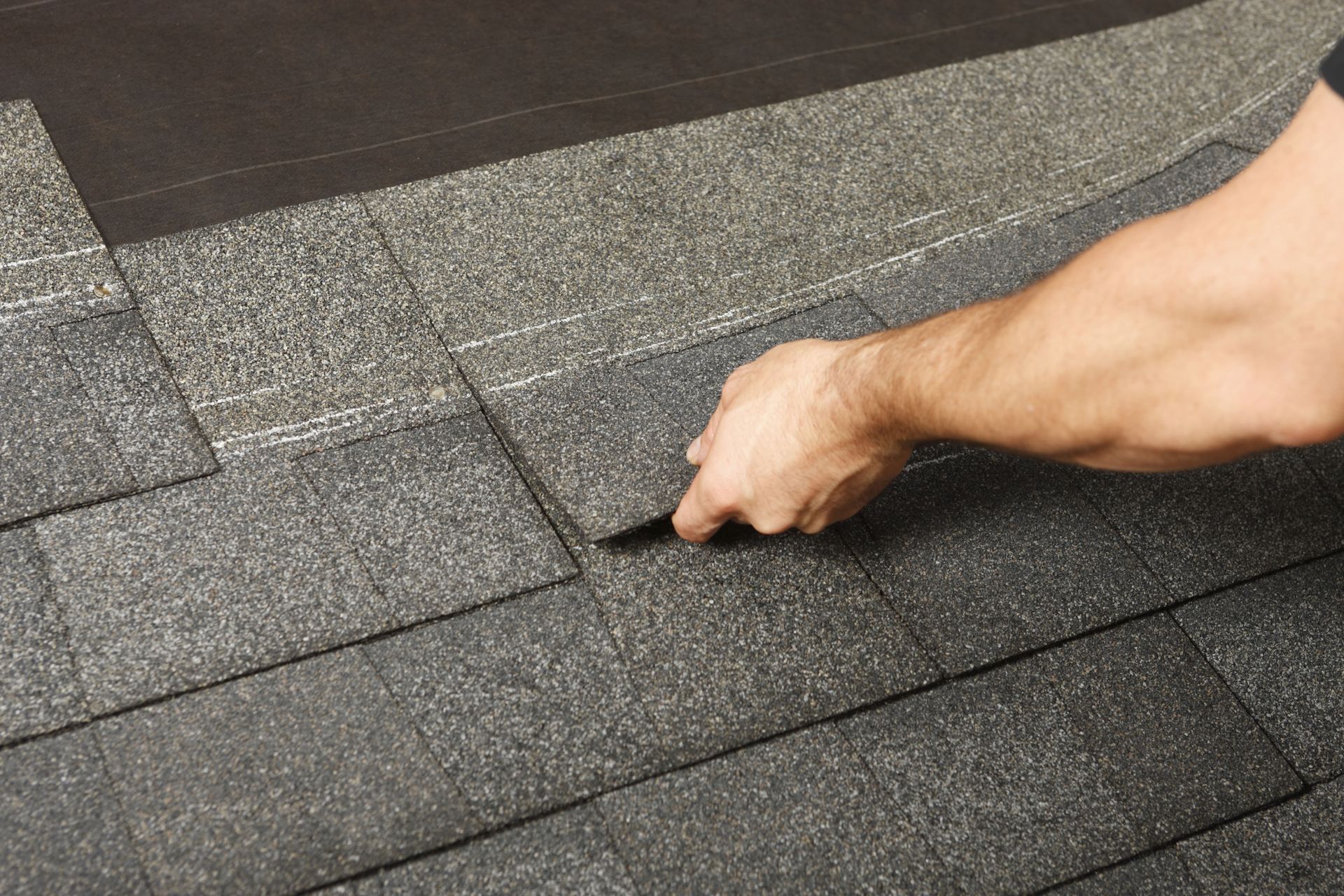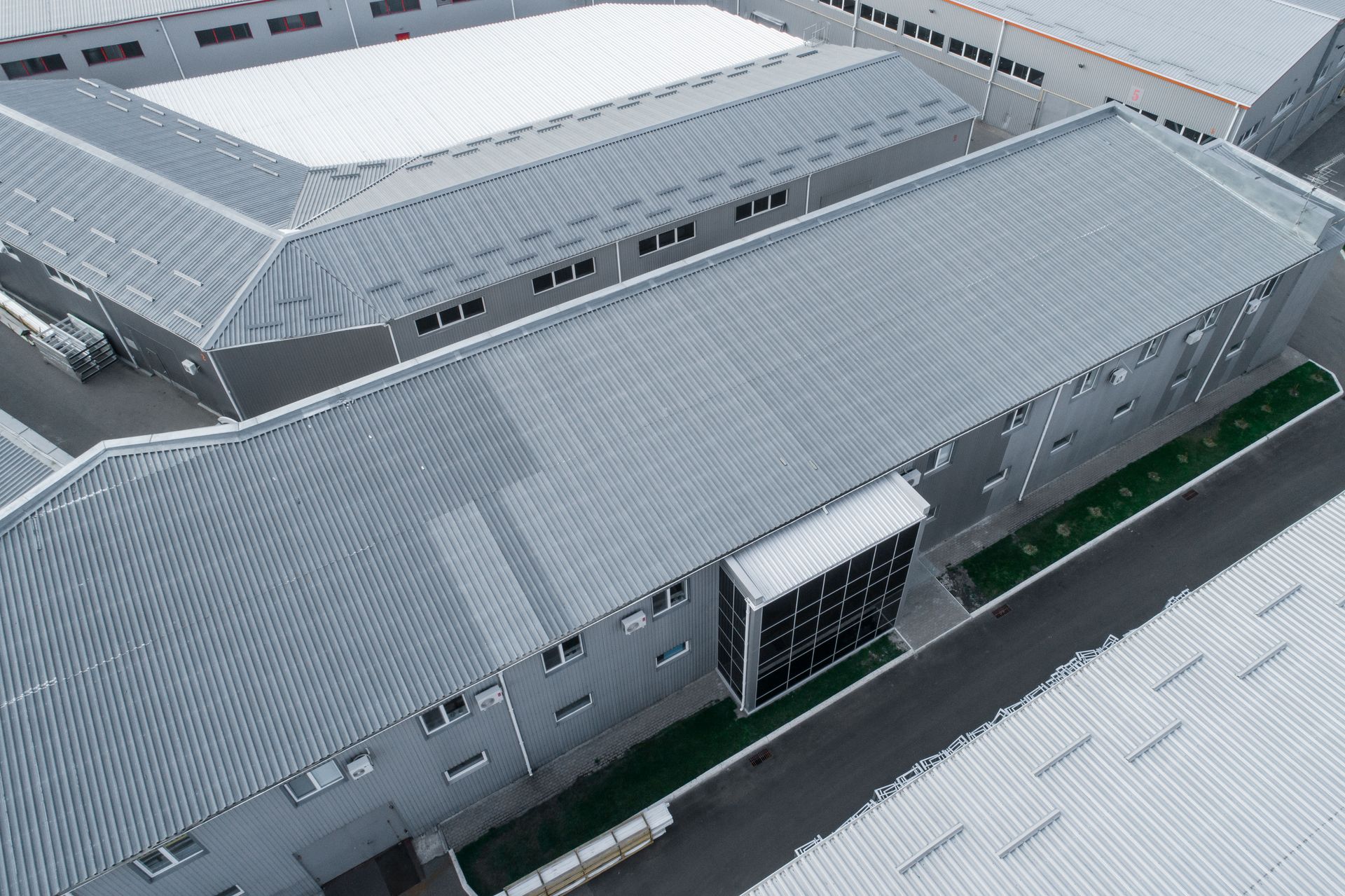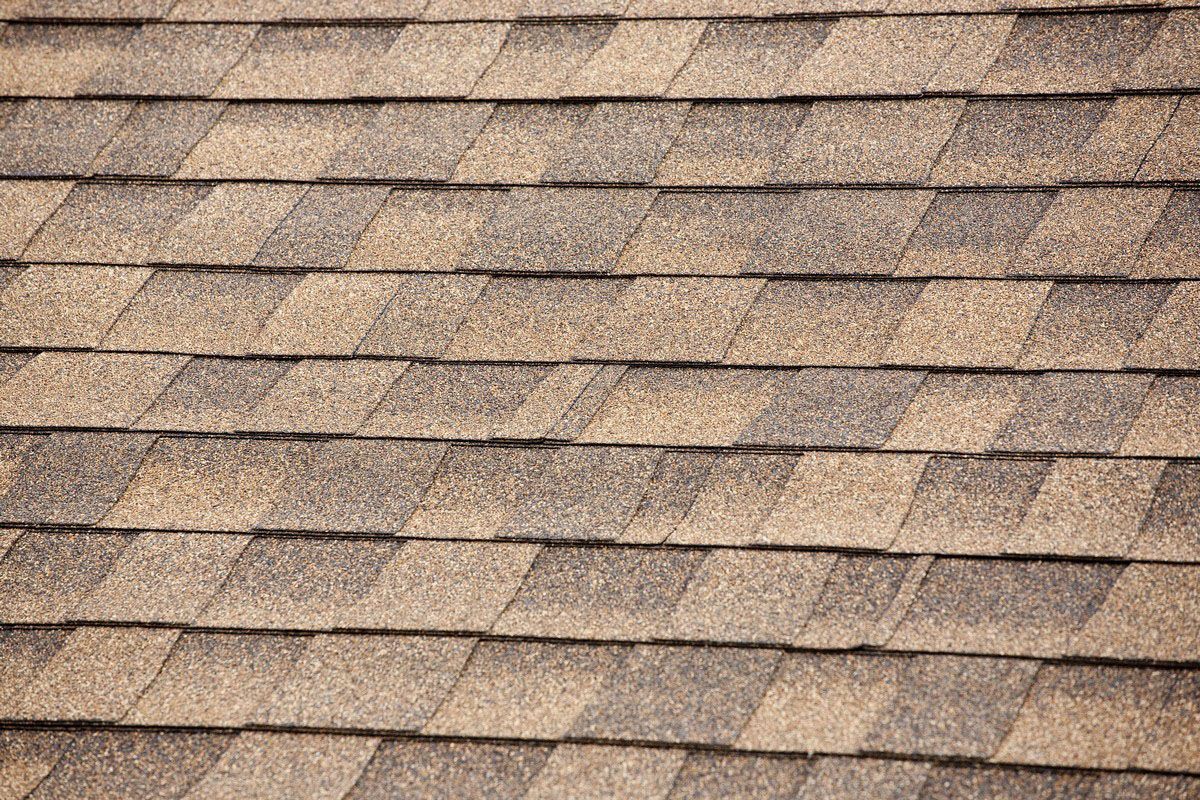How Weather Can Damage Your Roofing
Your home's roof serves as the frontline defense against weather elements, protecting you and your belongings from the harsh conditions outside. While constructed to withstand various weather patterns, it is important to acknowledge how these external factors can still inflict damage over time. Understanding the potential impacts of weather on your roofing is crucial for maintaining its integrity and ensuring longevity.
How Rain Can Damage Your Roof Over Time
One of the most common culprits of roofing damage is heavy rainfall. Excessive rainwater can lead to leaks, especially if shingles are missing or damaged. Water infiltration can then result in rotting wood and mold growth, compromising the structural integrity of the roof. According to Forbes, the lifespan of a roof varies depending on the material used. Asphalt shingles generally last around 15–30 years, while metal, slate, and tile roofs can last 50 years or more. These figures highlight the importance of material selection and long-term maintenance, which a skilled commercial roofer can help manage.
The Impact of Wind on Roof Structure
Another formidable weather element is wind. High winds have the power to rip off shingles and expose the underlying materials to the elements. When shingles are compromised, the risk of leaks and water damage increases significantly. Additionally, flying debris during windstorms can cause physical damage, leading to costly repairs.
As such, it is essential to regularly inspect your roof, especially after severe wind events, to ensure any damage is promptly identified and addressed. A professional commercial roofer can assess and reinforce vulnerable areas to protect your home from further exposure and reduce the chance of repeated damage in future storms.
Temperature Extremes and Material Breakdown
Extreme temperatures can also take a toll on roofing materials. In scorching summer months, heat can cause shingles to crack and warp, reducing their effectiveness. Conversely, during winter, freeze-thaw cycles can lead to the expansion and contraction of materials, potentially causing splits and breaks.
These temperature-induced damages underscore the importance of selecting weather-resistant materials and regularly maintaining your roof to withstand such fluctuations. A trusted commercial roofer will help you choose the right products and perform seasonal inspections to support long-term performance.
Weather conditions pose a significant threat to the durability of your roof. Being proactive in recognizing and addressing potential weather-related damages is essential for safeguarding this key structural element of your home. Schedule your inspection or service today with Gem State Roofing to protect your home with dependable care and craftsmanship.




Share On: